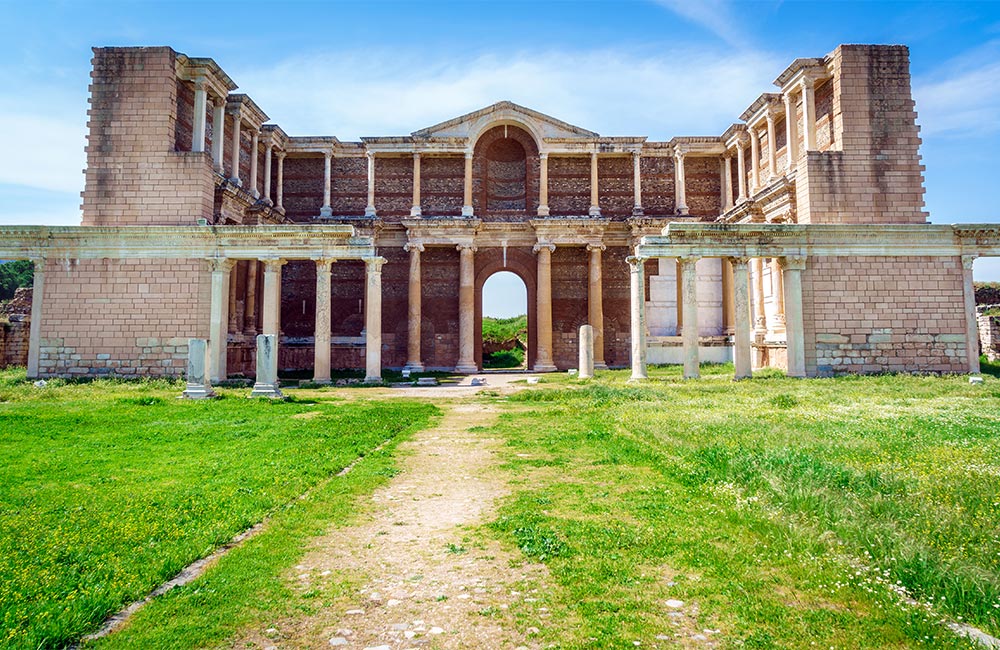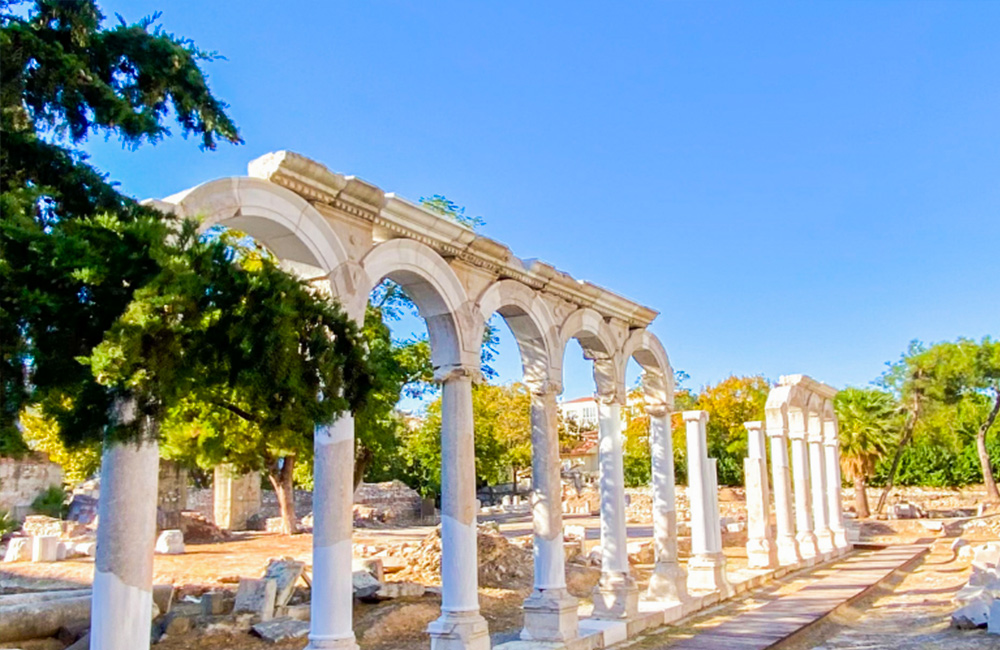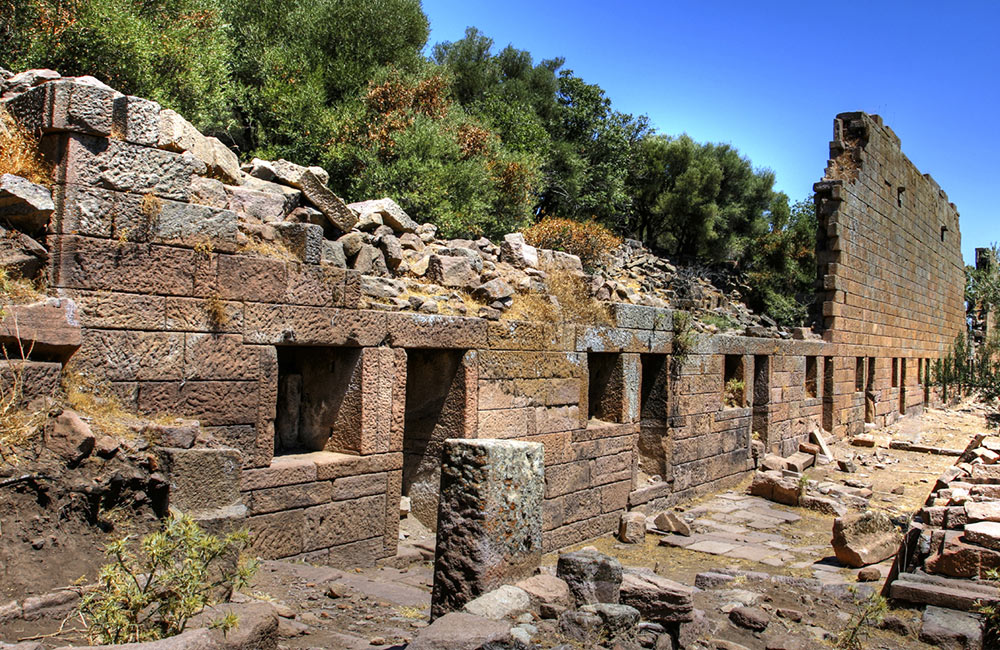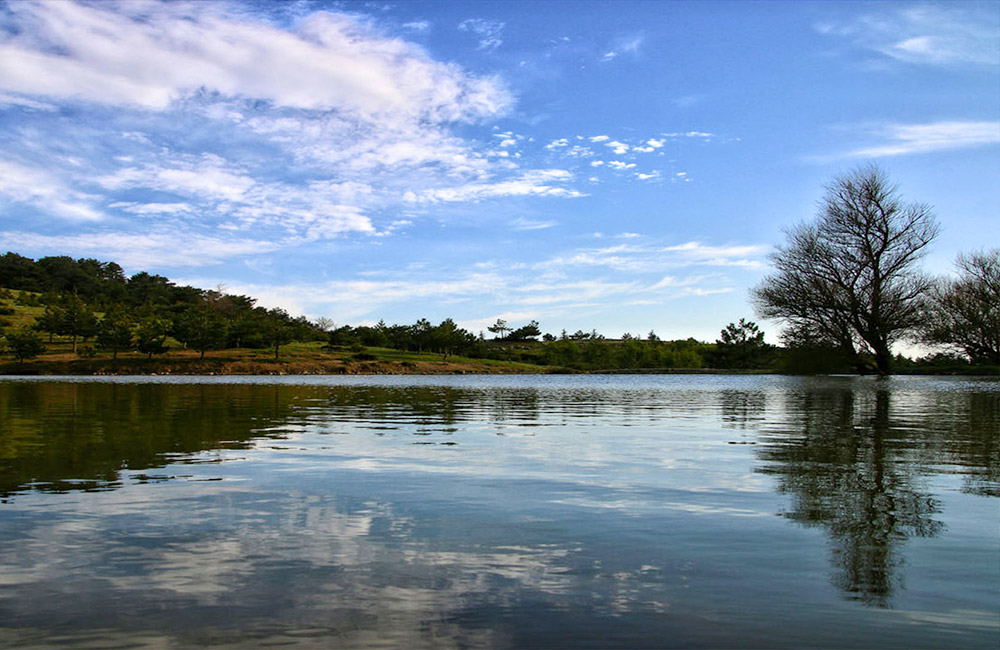- Accommodation

Accommodation
Take your travel experience to the next level with our luxurious and elegant accommodation.
At FortyFive Business Hotel&Spa, we offer sophisticated accommodation units with modern and stylish designs to provide the highest level of comfort during your business trips.
- The FortyFive
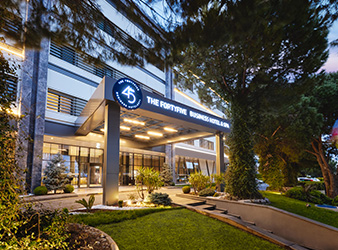
The FortyFive Business Hotel&Spa
The FortyFive Business Hotel&Spa is a place where you meet the peaceful atmosphere of nature, offering elegance and comfort together in your business trips in MIP. With its modern structure designed to provide the best service, it makes the accommodation experience of our valued guests unforgettable.
- Dine&Drink
- Spa&Wellness
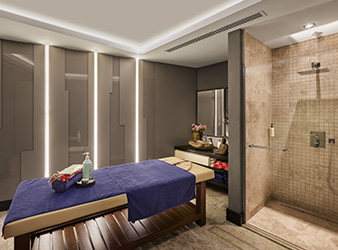
Spa & Wellness
Our FortyFive Spa and Wellness center offers the ultimate escape from the stresses of everyday life.
Discover our facilities such as a fully equipped sauna, spa, Turkish bath, fitness center and indoor swimming pool to get away from the tiring pace of business life and enjoy staying fit. - Events
- Offers
